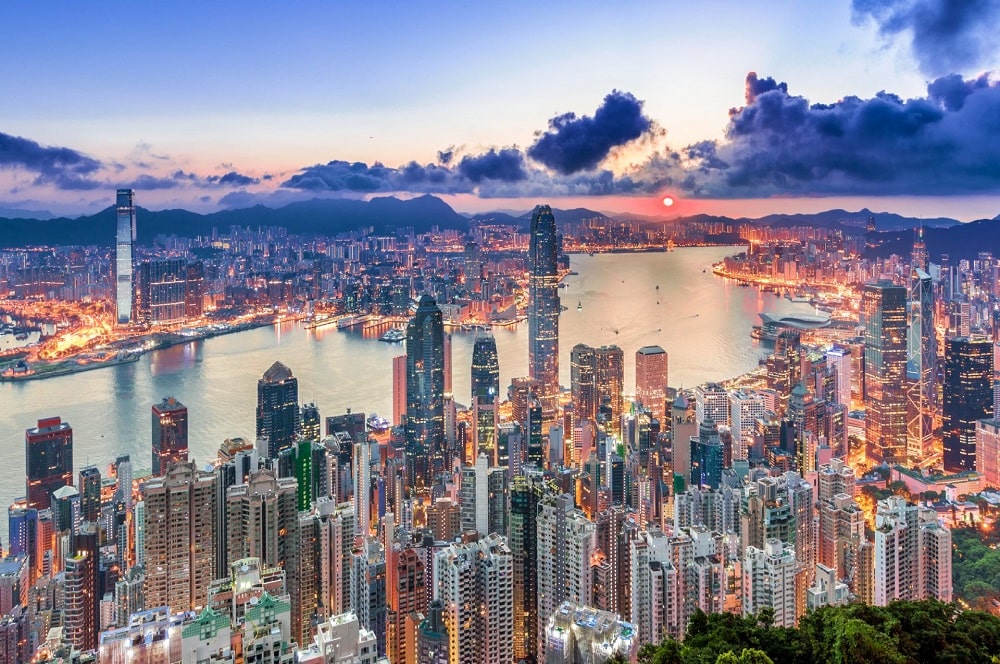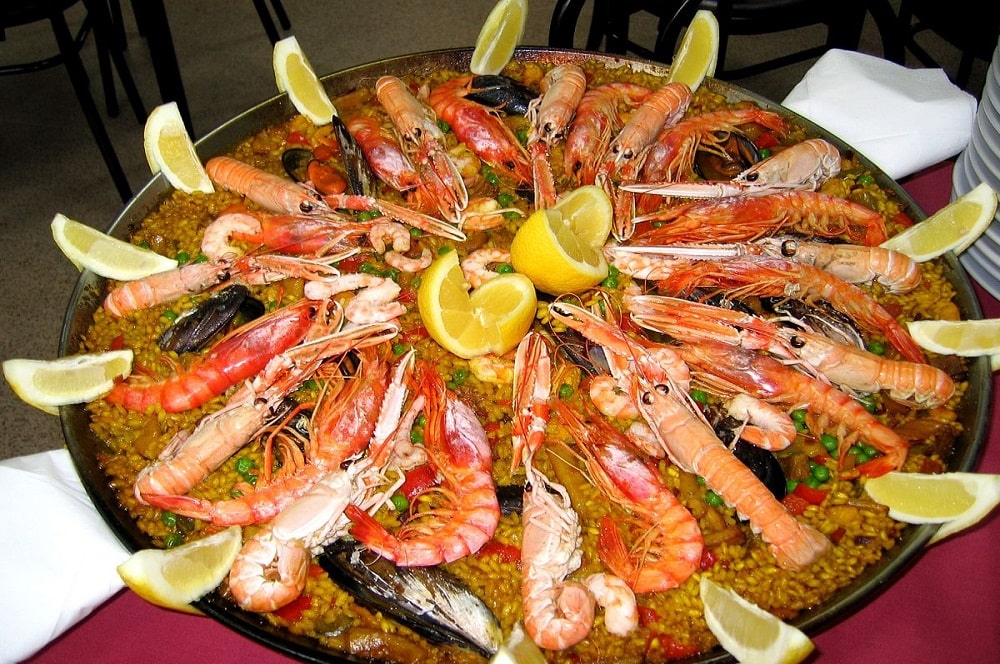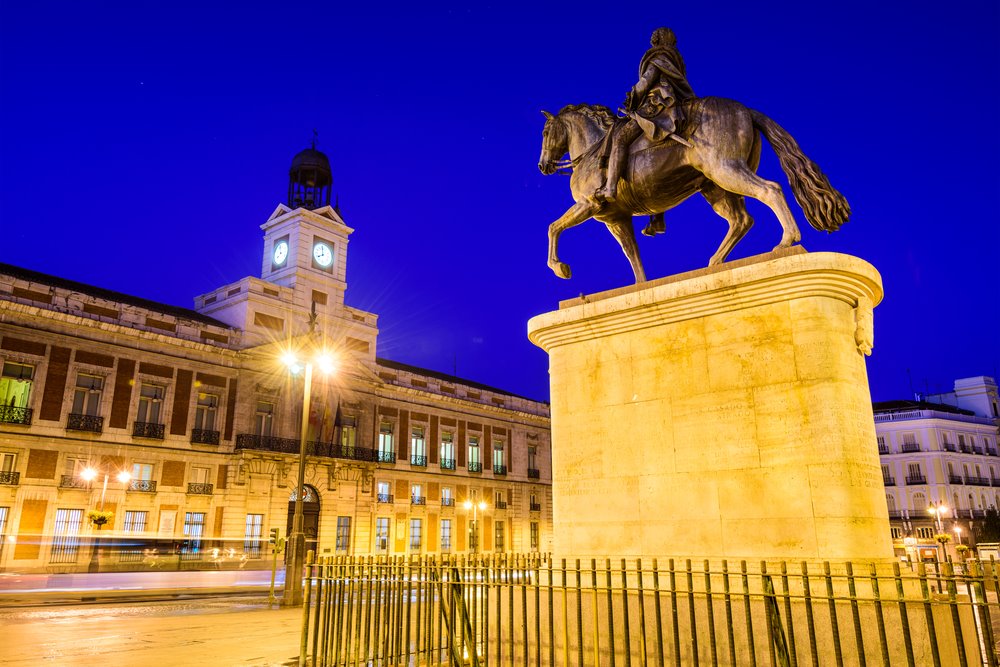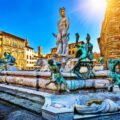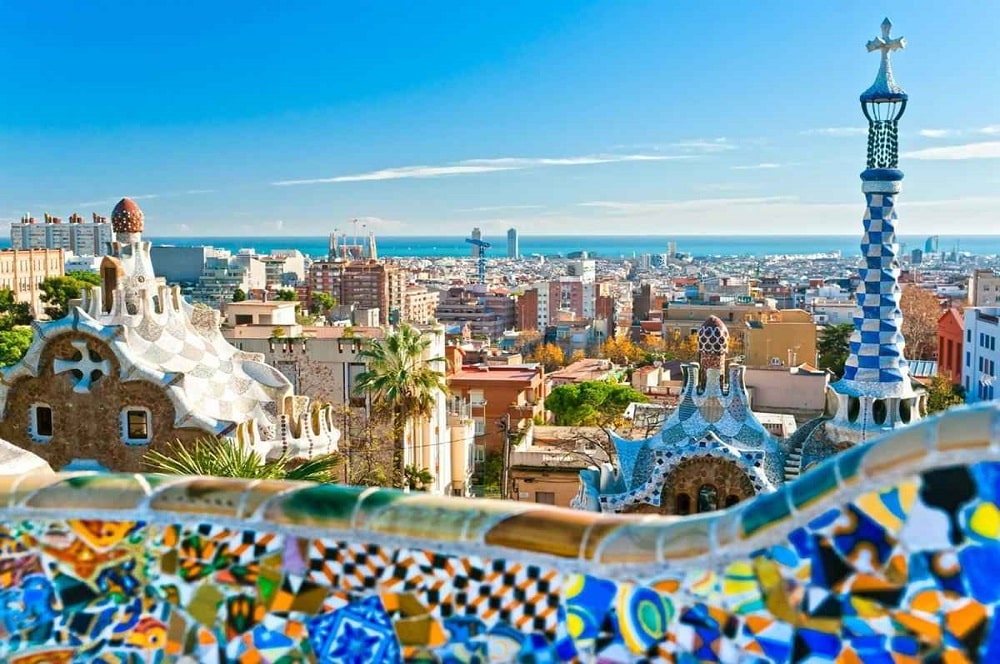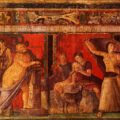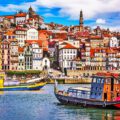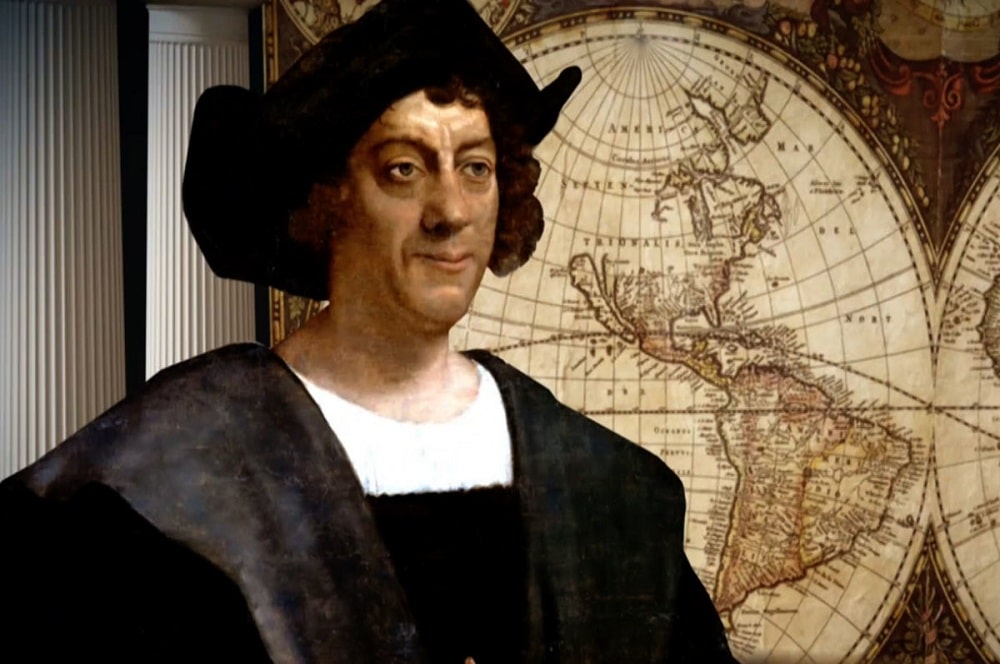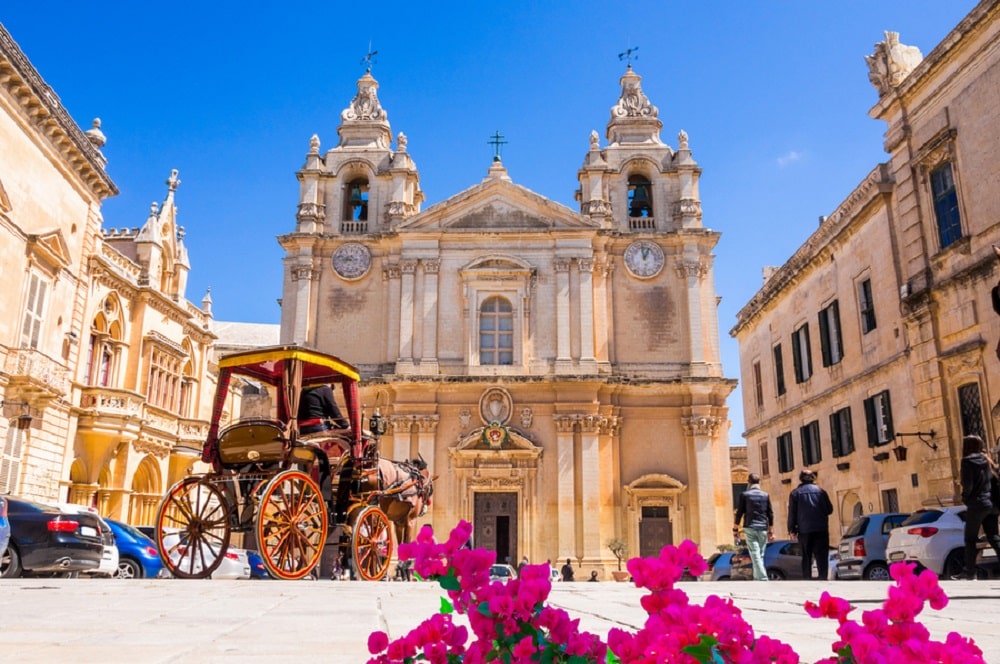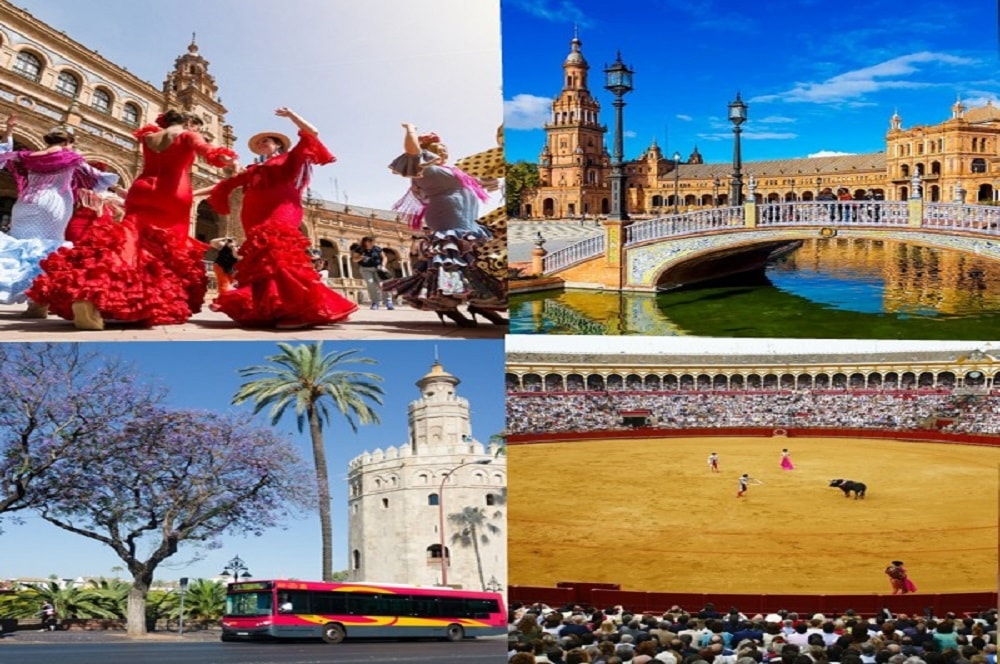
Seville, located in the south of Spain and the capital of the Andalusia region, is the fourth largest city in Spain and the most important Southern Spanish city in the cultural, political, economic, and artistic field. The city of Seville is famous worldwide for its culture, monuments, traditions, and artistic heritage.
There is a lot to discover in Seville, which fascinates tourists with its fascinating history of the Roman and Maghreb invasions, Seville’s unique architectural and gastronomic richness, and the flamenco culture of the region. That’s why we have brought together the activities that should be done in this beautiful and fascinating Spanish city, the unique dishes to be tasted, and many more.
*** You may be interested in; Top 15 Most Beautiful Theaters in the World
General Information About Seville
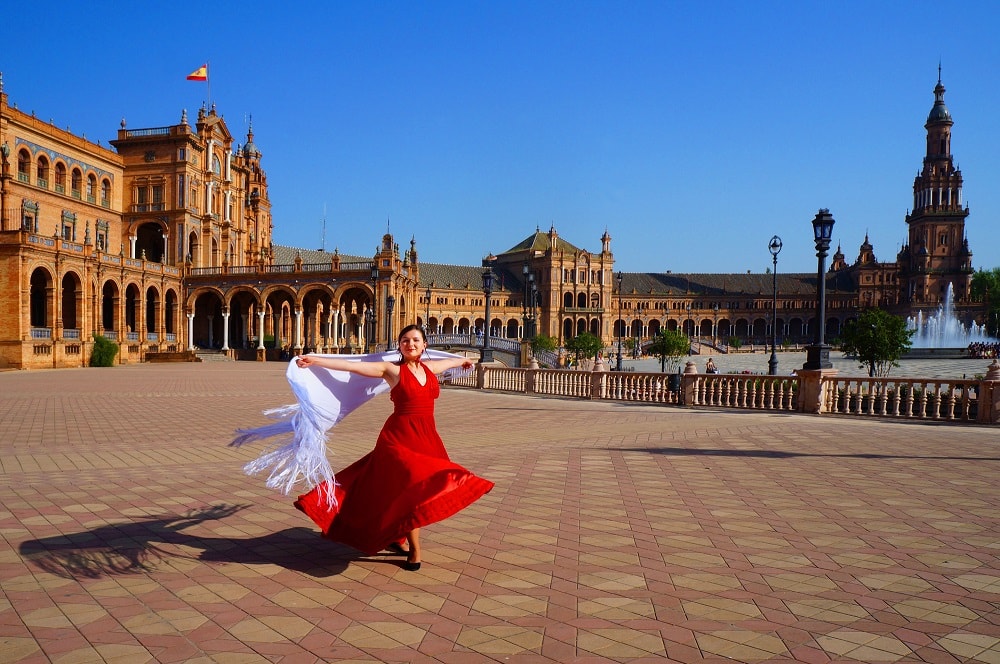
Seville is divided into two by the Guadalquivir river, which connects to the Atlantic Ocean and is the 4th largest city in Spain. You can reach Portugal in 2 hours by car from Sevilla, which has a population of more than 700 thousand. Granada and Malaga are also a short distance away. Seville is traditionally an agricultural region and a major producer of citrus and olives due to its climate with more than 300 sunny days a year.
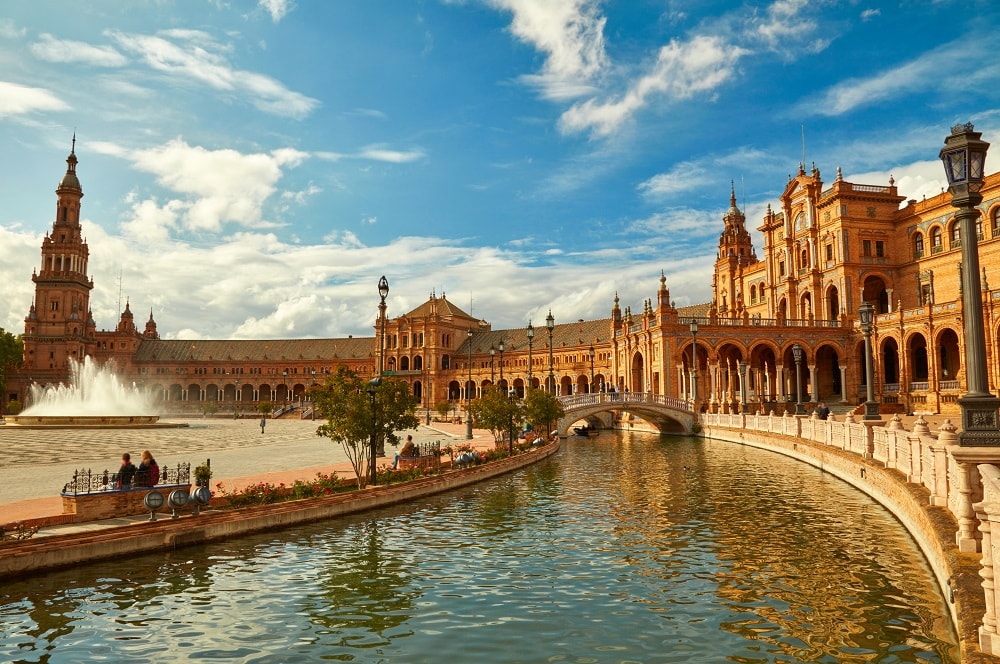
Seville, the 30th most populous city in the European Union, was established as a Roman city. Known as “Ishbiliyya” after the Muslim conquest in 712, Sevilla was ruled by the Muslim Almoravids and Almohads until it was incorporated into the Christian Kingdom of Castile under the leadership of Ferdinand III in 1248.
After the discovery of America, Sevilla opened a golden art and literature by monopolizing its inter-oceanic trade. Thanks to this, it became one of the economic centers of the Spanish Empire.
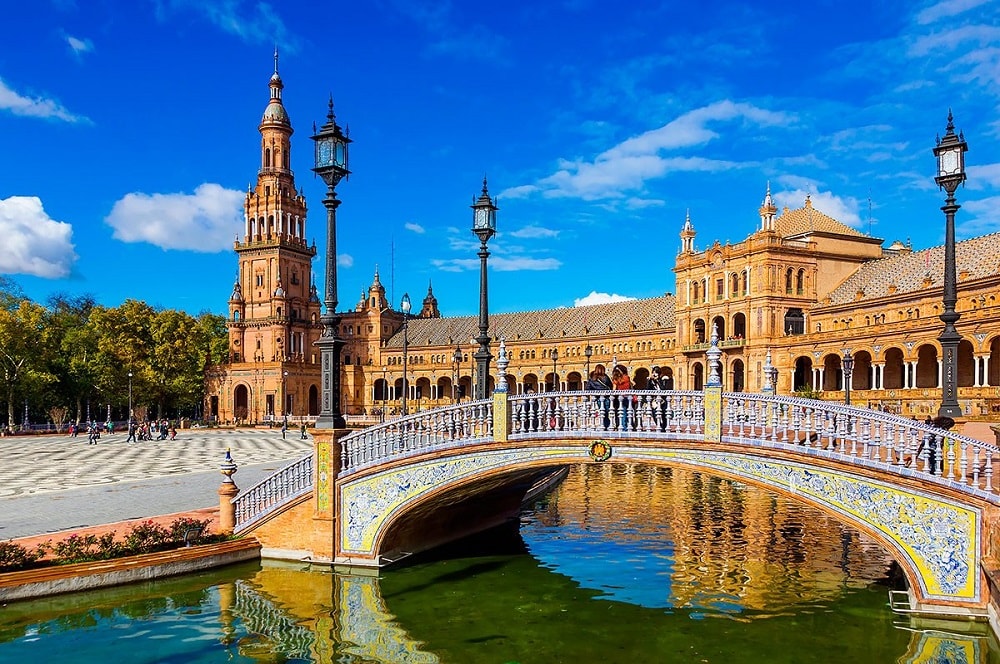
The rich history of Seville made the city a popular destination for 19th-century travelers and brought the architectural and cultural structure of the city to a unique identity. Seville, which has witnessed many different cultures and empires throughout history, is today one of Europe’s most attractive tourist cities with its rich cultural heritage and nature.
*** You may be interested in; Top 10 Beautiful Places You Must See in Rotterdam
The Climate in Seville, When to Go?
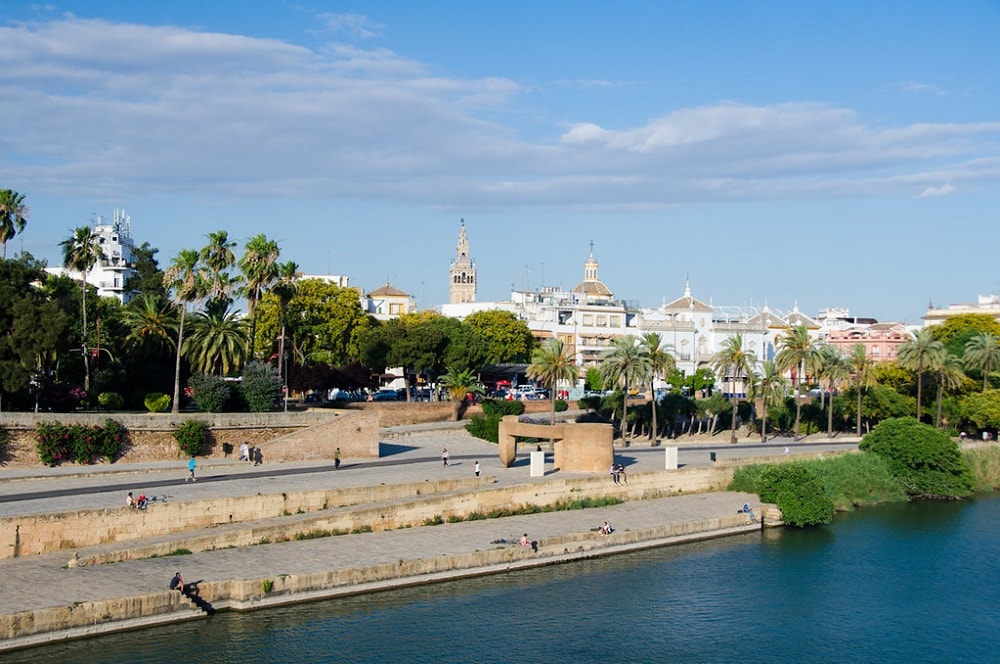
The Mediterranean climate is dominant in Seville, where the summer months are very hot. In the summer, the temperature is above 40 degrees on average and the winters are generally mild. In September and October, thunderstorms occur in the city, but these storms do not last very long.
Seville can be counted as one of the hottest cities in Europe during the summer months. During the summer months, many local businesses take siestas, lower the shutters before noon and stop serving until the midday sun is gone. Therefore, if you plan to visit Seville in the summer, be prepared for a temperature above the European average.
The best season to visit Seville is in spring or autumn. Seville, surrounded by flowers that bloom everywhere, especially in May, offers visitors a not too hot and visually satisfying visit. However, as the season in which Seville is most frequently visited by tourists, there is an increase in accommodation prices in the spring. Seville, which is not hot in winter, is not preferred by tourists, but it is quite enjoyable to visit during Christmas and New Year’s Eve.
*** You may be interested in; The 6 Amazing Places In Mexico You Must See
Transportation in Seville, How to Get?
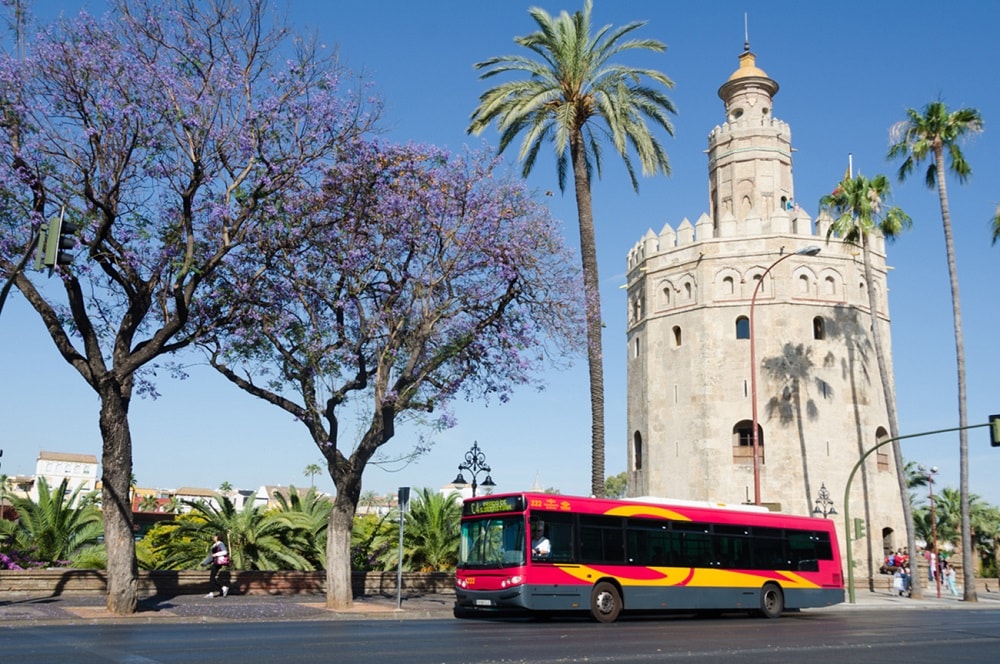
Transportation to Seville is provided by air, train, bus, and personal vehicle. Seville International Airport is about 25 minutes drive from the city center, and taxis are always available next to the bus stop. As an alternative to Seville International Airport, Jerez La Parra International Airport, located 10 km from Jerez de la Frontera, is used. This airport is located 95 km from Seville and is used by discount airlines such as Ryanair.
Transportation to Seville can also be provided by train. Seville Santa Justa Train Station is located on the east bank of Seville city center. Completed in 1991, the station is connected to the Spanish high-speed AVE Train service. In addition, the San Bernardo station can be used depending on where you are traveling and where you want to arrive in Seville. High-speed trains are a good alternative for transportation. Traveling to Seville is possible in less than an hour from the city of Córdoba and less than three hours from Madrid.
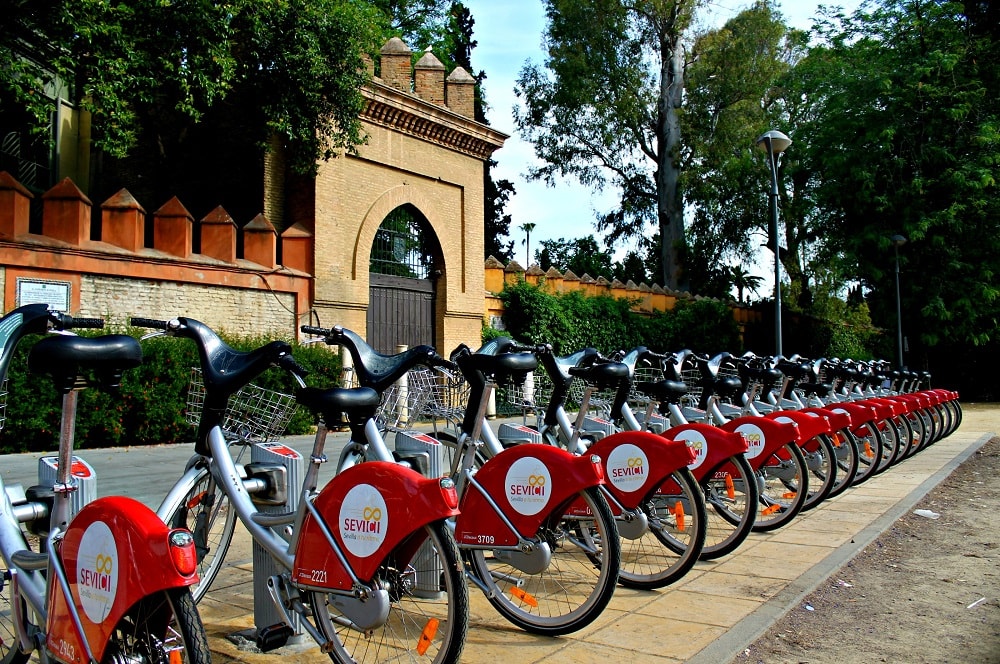
Spanish bus service is incredibly punctual and most buses are very comfortable with air conditioning and toilets. Buses run regularly to major cities, departing from the Plaza de Armas bus station near the river or from the Prado de San Sebastián station near University / Santa Cruz.
Urban transportation in Seville is mostly provided by bicycle, metro, and tram. Bicycle paths have been built that gives the opportunity to explore this city in a fun, safe, and fast way by bicycle. Besides cycling through the city center, it’s easy to explore Seville’s less touristy suburbs.
*** You may be interested in; World’s 10 Most Fantastic Cycling Routes
Activities in Seville
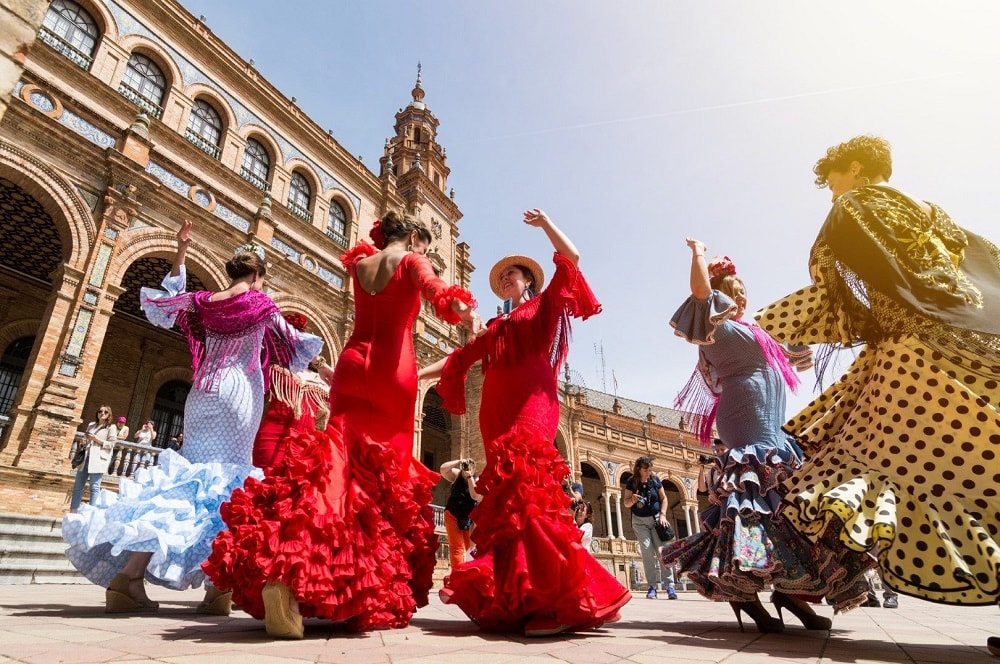
There are numerous activities you can do as a tourist in Seville. Cycling around the city, visiting unique museums, watching the fascinating Flamenco dance or bullfighting are some of these activities. First of all, Semana Santa (Holy Week), which is celebrated all over Spain and Latin America, is the scene of huge celebrations in Seville.
It is difficult to find the right place to watch the flamenco dance, which is very popular in Spain. There are many tours organized to watch Flamenco in Seville. From these tours, you can choose the tour where you can learn the history of flamenco, taste manzanilla wine, and enjoy a real flamenco show, offered by Sevilla LowCost (www.sevillalowcost.es).
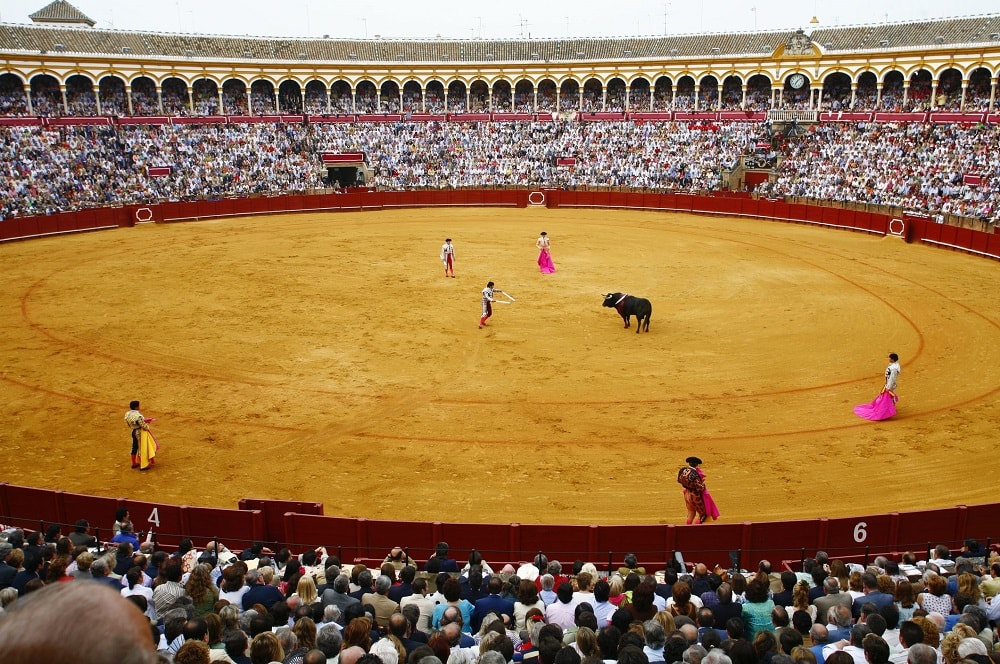
You can participate in a bullfight at Plaza de Toros de la Real Maestranza. Although bullfighting is not a sport for everyone, it has an important place in Spain’s history. The Plaza de Toros de la Real Maestranza is considered the most attractive bull arena due to its history, although it is not the largest in Spain.
You can climb the Cerro de Carambolo hill to view the whole city panoramically. Located outside the city, the hill can be reached from the Plaza de Armas bus station by buses m-170, M-171, and M-173.
Another activity you can do in Seville is a boat tour on the Guadalquivir River. You can learn about the interesting bridges built on the river and take a glimpse of the city from the Guadalquivir River, which made Seville one of the important trade centers in the past, during the boat tour that lasts about 1 hour.
*** You may be interested in; 10 Natural Beauties That Must See in South America
Accommodation in Seville
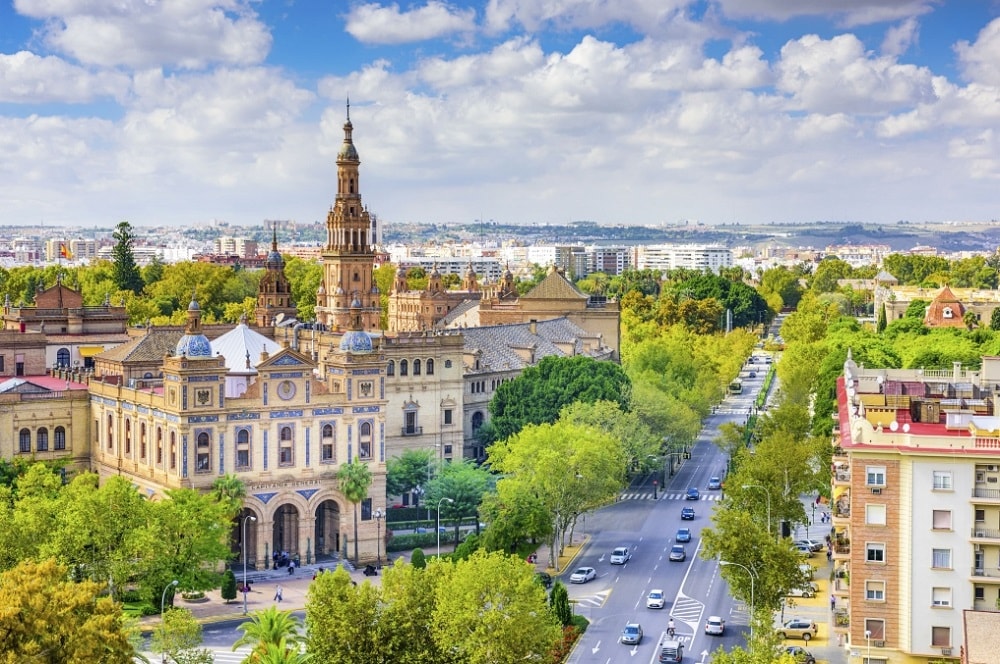
Seville, which has many charming corners, has many options suitable for short or long-term accommodation. Accommodation prices vary during the seasons when tourists visit the city heavily. The high-priced seasons are April, May, September, and October, while the Semana Santa celebration period; The mid-priced season is March and June.
For suitable accommodation, you can choose hostels scattered all over the city. Oasis Backpackers’ Palace Seville, Triana Backpackers, Sevilla Urbany Hostel, and Pension Doña Pepa are just some of the hostels you will be pleased with.
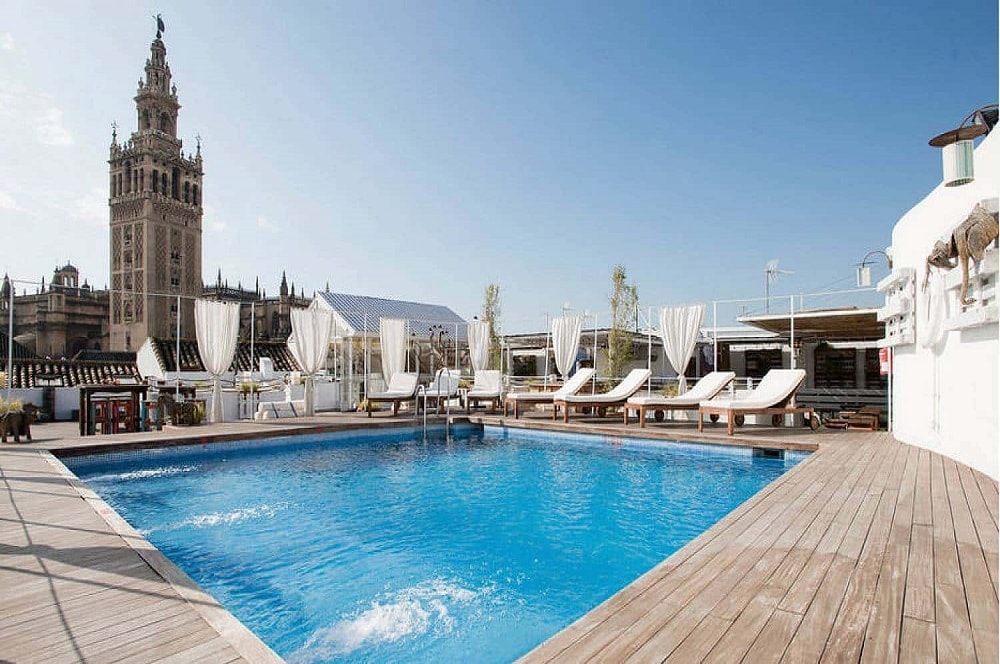
For medium-budget accommodation, Hotel Bellavista Sevilla, which is located close to the city, Hotel Abanico, a very sweet boutique hotel where you can feel the historical atmosphere of Seville, and Hotel Abril, located in the historical center of Seville, can be preferred. For a unique accommodation experience, you can find wonderful hostels in the Santa Cruz neighborhood with typical courtyard views. Hostal Callejón del Agua is just one of the boutique hotels in the Santa Cruz neighborhood.
If you have allocated a high budget for accommodation; Hotel Ribera de Triana, Eme Fusion Hotel, Hotel Alfonso XIII, Las Casas de la Judería, San Gil Hotel, Gran Melia Colon, and Casas de Los Mercaderes will offer you a wonderful stay.
*** You may be interested in; Top 10 Countries Famous for Their Dances
Eating and Drinking in Seville
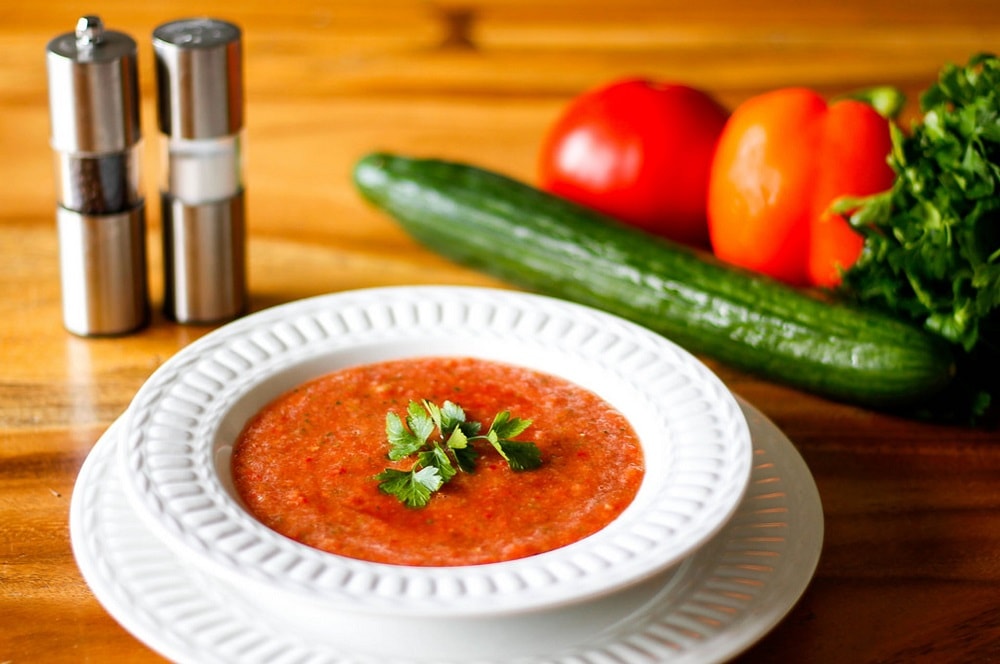
Seville has a very rich culture in terms of eating and drinking. In Seville, where the Mediterranean culture is reflected in the kitchen, Spaniards love to spend time outside the home and eat outside. Therefore, you can find many cafes, restaurants, and bars in Seville where you can eat and taste delicious drinks.
Gazpacho, Huevos a la Flamenca, Pescaito Frito, and Rabo de Toro are among the dishes you should try in Seville, where the Mediterranean, Andalusian and Spanish cuisines are influenced. Seville, just like other Andalusian cities, is famous for its tapas. Tapas are small appetizers that can be eaten hot or cold in Spanish cuisine.
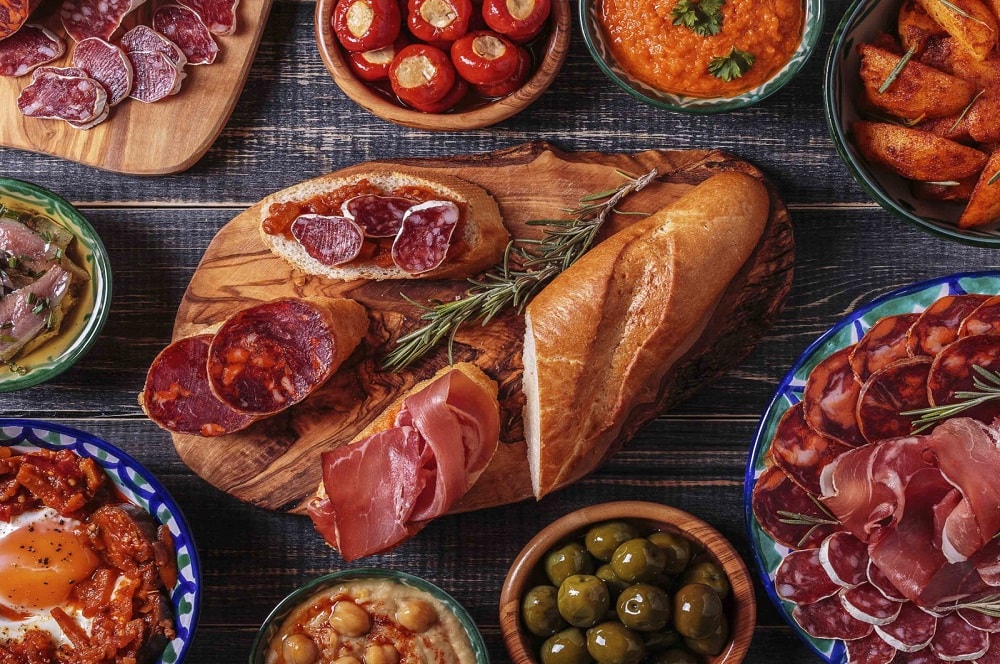
There are many great restaurants where you can eat tapas in the center of the city and around the Cathedral. Typical tapas varieties are tortilla española (potato omelet), pulpo gallego (galician octopus), aceitunas (olive), patatas bravas (spicy potatoes), and queso manchego (sheep’s milk cheese from the la Mancha region).
At El Patio San Eloy, you can taste tapas and taste sangria, a fruity and wine beverage unique to Spain. In addition, world-famous wines of Seville such as Jerez, Manzanilla, and Montilla are also recommended to tourists.
*** You may be interested in; The 6 Most Interesting Bubble Hotels in the World
Nightlife in Seville
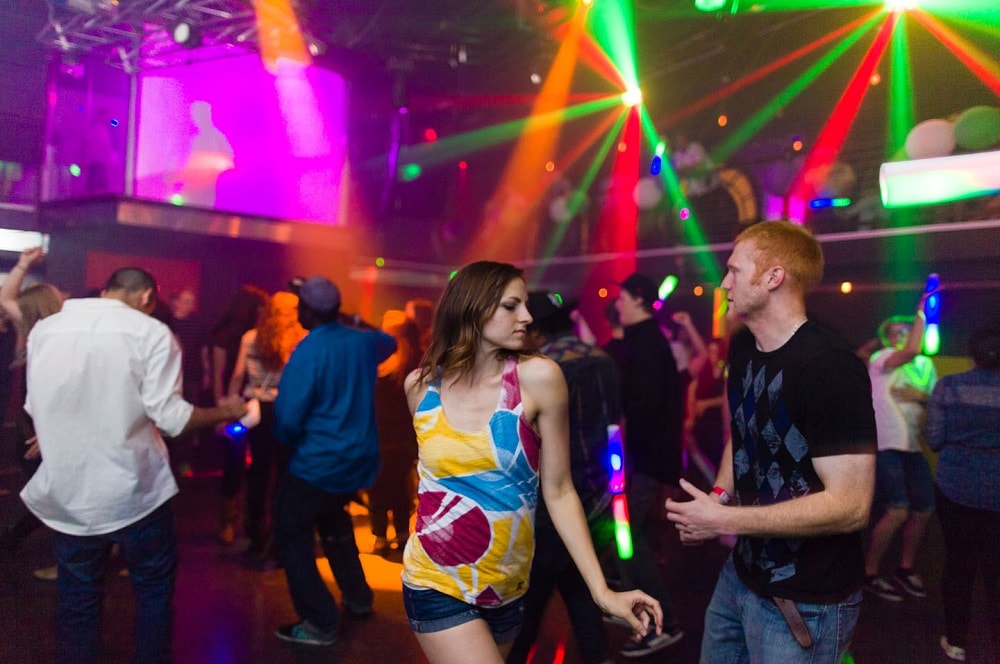
Seville has fantastic nightlife. You can see that the streets of Seville are gradually filling up with the coolness that collapses after the hot noon in spring and summer. You won’t find as many bars per person as Seville in any other European city. You can sip your drink in a rooftop bar with stunning views of the Giralda, taste Seville drinks in local bars, or watch a unique show in Flamenco bars where you can see Spanish culture on site.
Nightclubs and bars with every musical style are so close to each other that it is possible to visit more than one bar in one night. Head to Isla Cartuja in the summer and find out why Spanish night doesn’t stop before 7 am.
You can find plenty of open-air discos on Isla Cartuja. Other nightlife venues include Triana Calle Betis, La Alameda de Hércules, and Plaza Alfalfa. You can watch flamenco dancers accompanied by flamenco music in the club named Lo Nuestro.
*** You may be interested in; Top 13 Cities with Lively and Fun Nightlife
Shopping in Seville
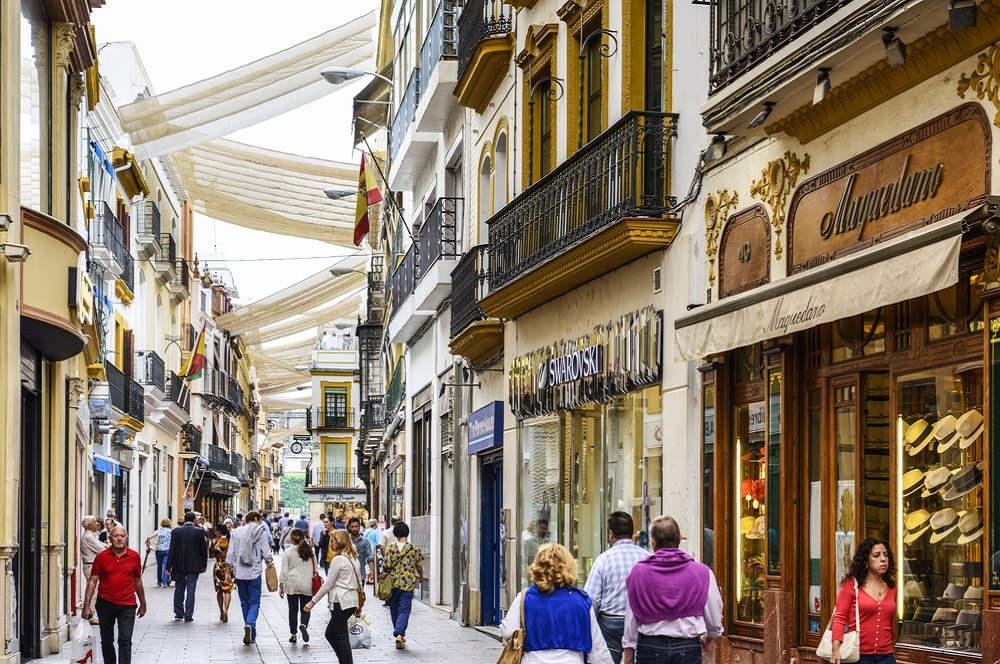
The most prominent area for shopping in Seville is the city center. The shops in Sevilla are very close to the Museum of Fine Arts. Sevilla is home to many fine artifacts, especially Spanish ceramics are famous. There are many stores in Triana where you can buy a variety of ceramics. There are also designer ceramic shops near the Cathedral, especially Calle Sierpes, the most famous of them.
There are also many valuable pottery shops along the Triana River. Depending on the time of the year, you can buy a lot of Seville-specific items, especially at the Christmas fairs, on Asunción Street, next to Triana, there are several clothing stores and shops where you can buy accessories, toys, and souvenirs.
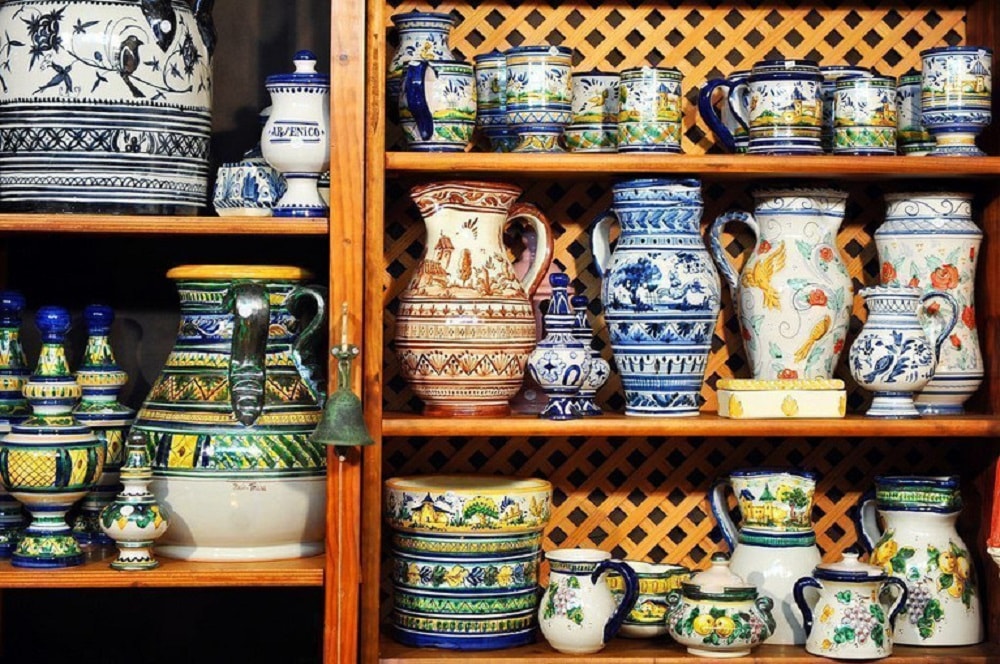
Another option for shopping in Seville is the street markets set up on different days of the week. The most famous of these markets are Alcosa Park Market and the market in Plaza del Cabildo. There is also an art market in Plaza del Museo. These three street markets are set up on Sundays. The markets of Plaza Duque de la Victoria and Plaza Magdalena; It is established on Thursdays, Fridays, and Saturdays.
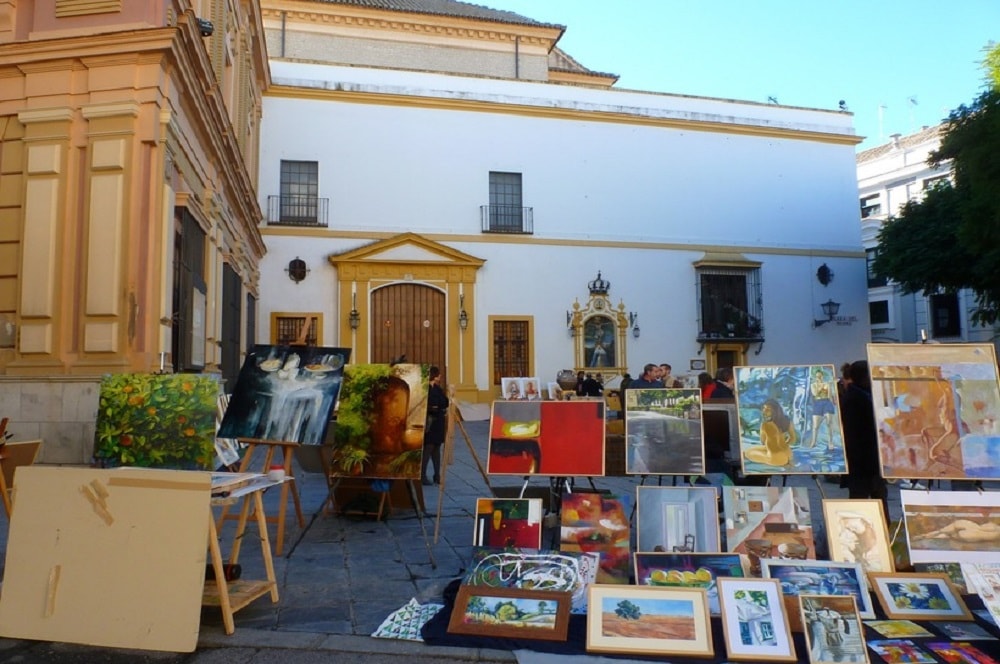
Apart from various ceramic works; Region-specific olive oil, handmade fans that you can use in hot weather, orange flower perfume obtained from famous orange trees, Seville wines, and Flamenco clothes are some of the unique products you can buy from Seville.
*** You may be interested in; The World’s Most Famous 10 Luxury Hotels

